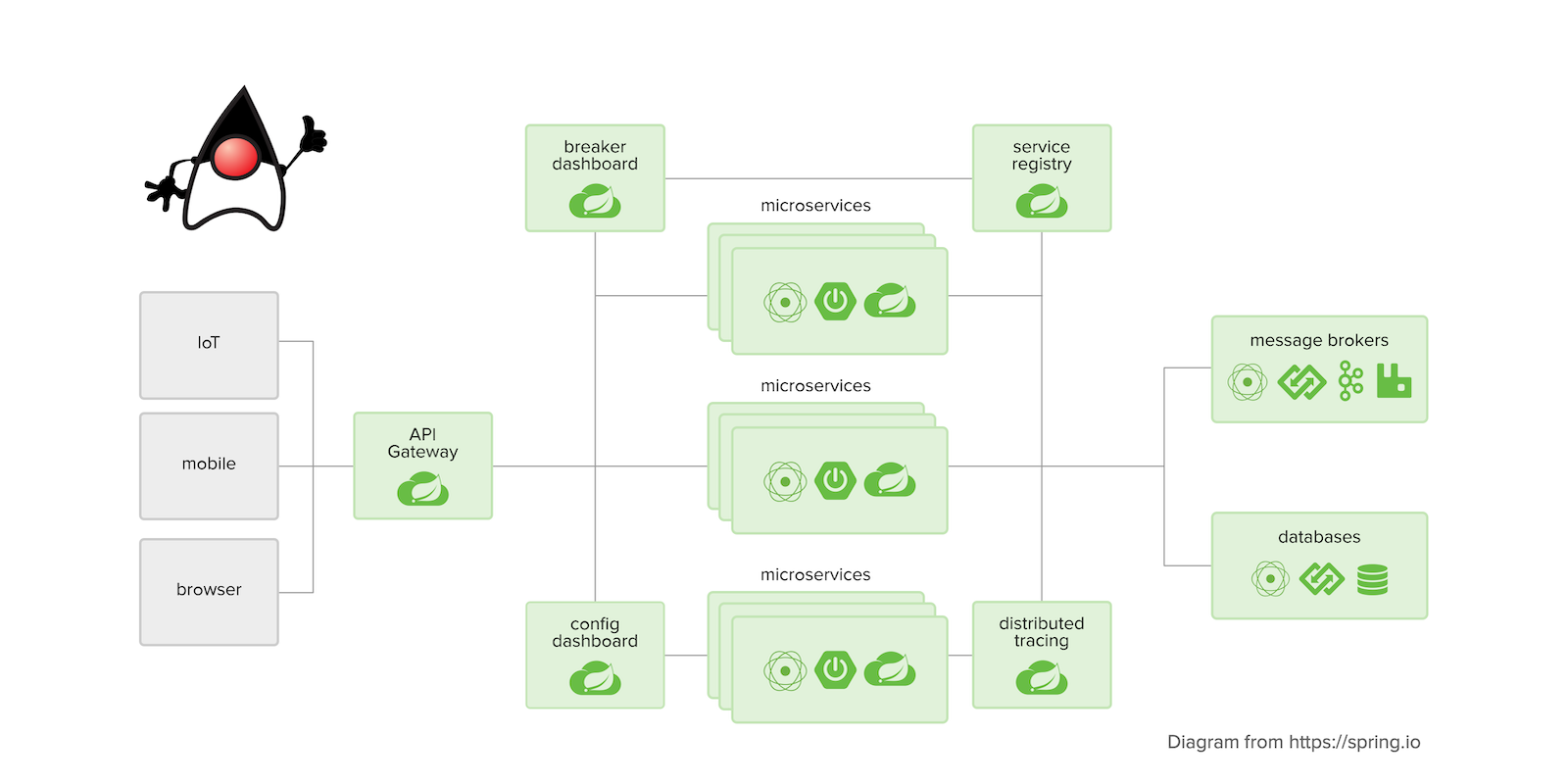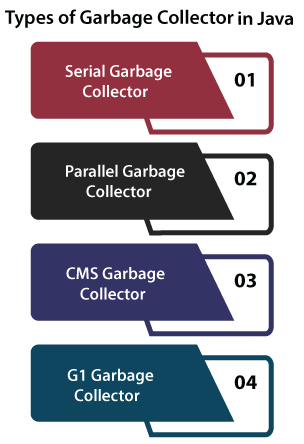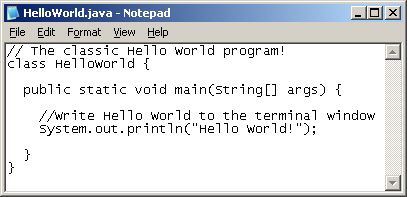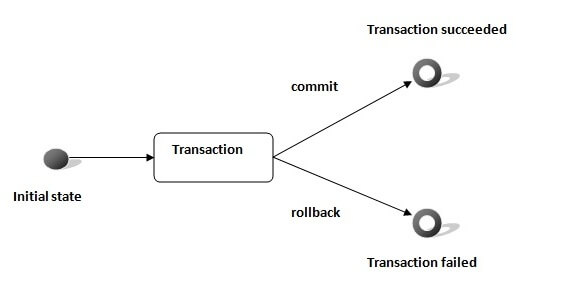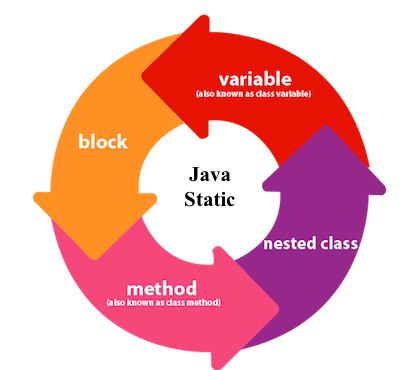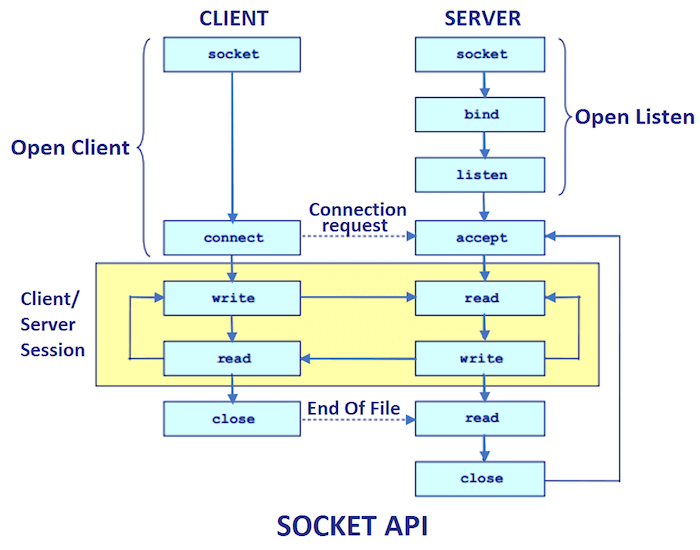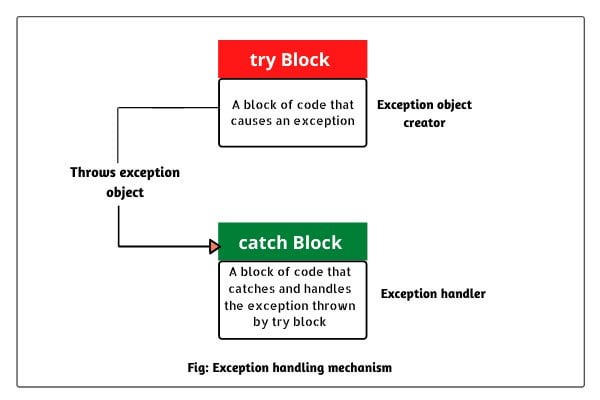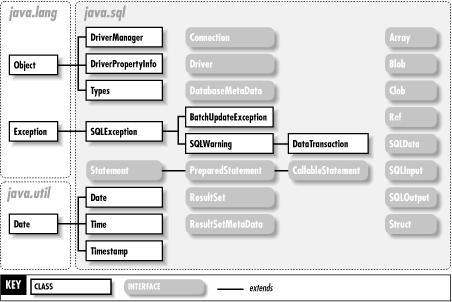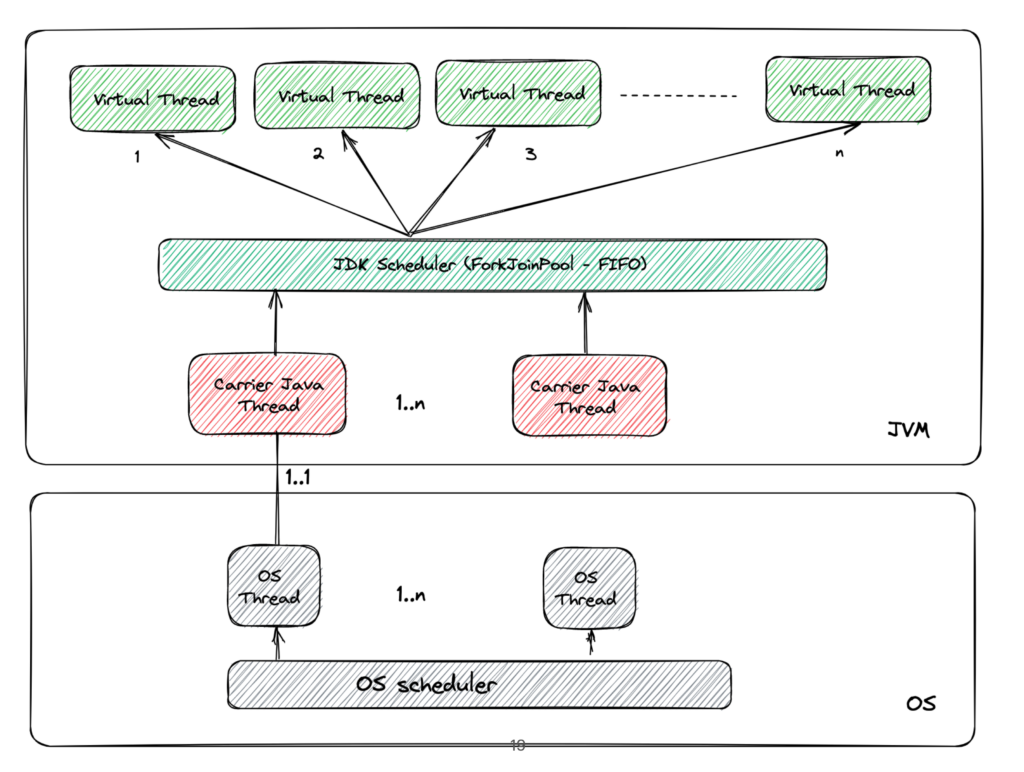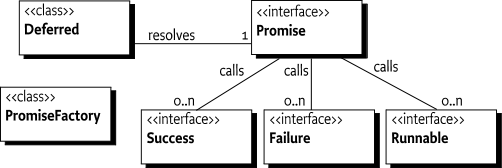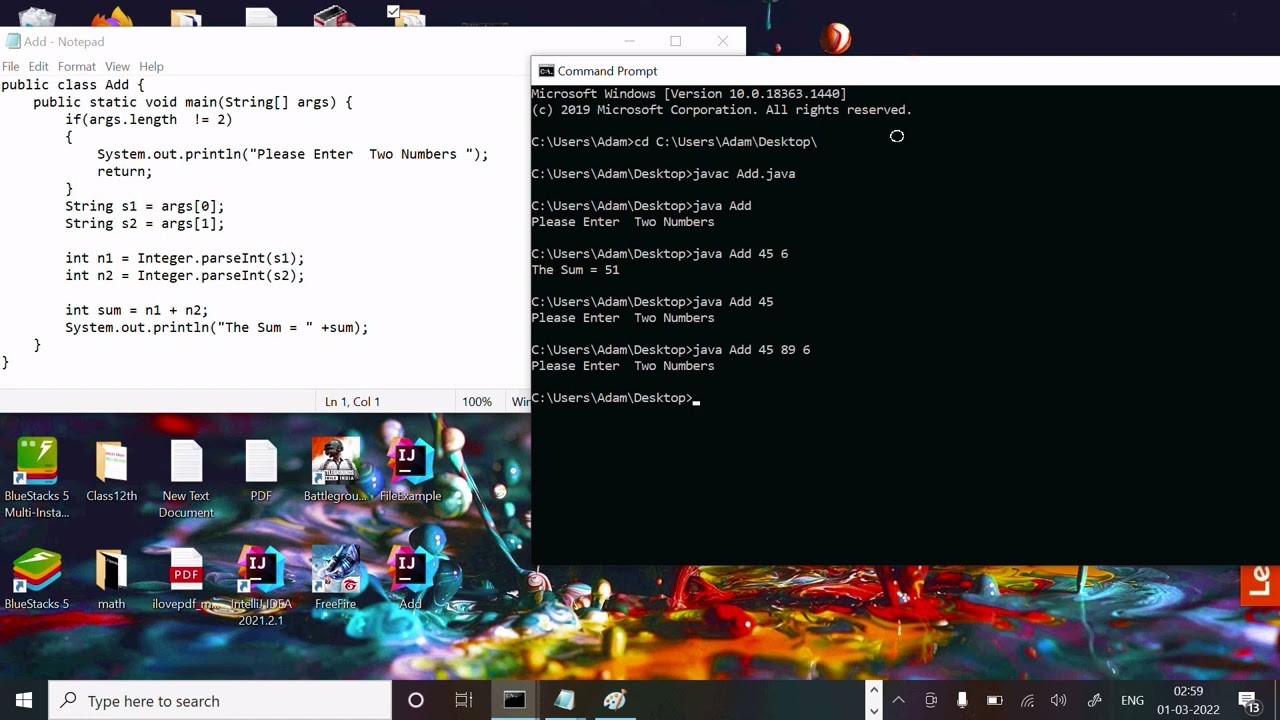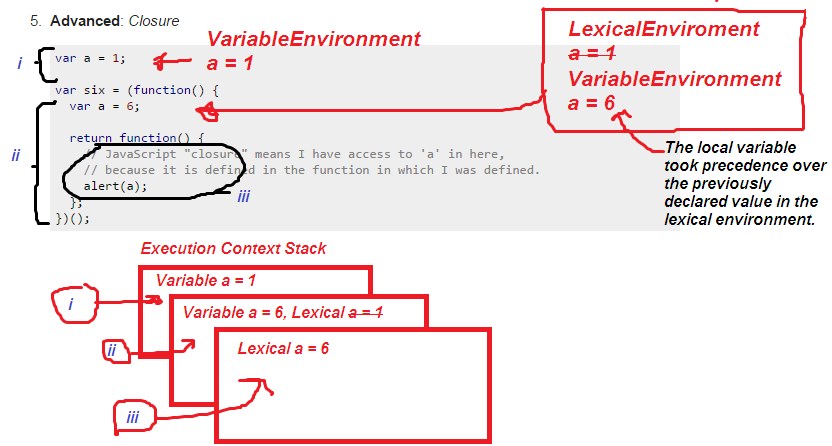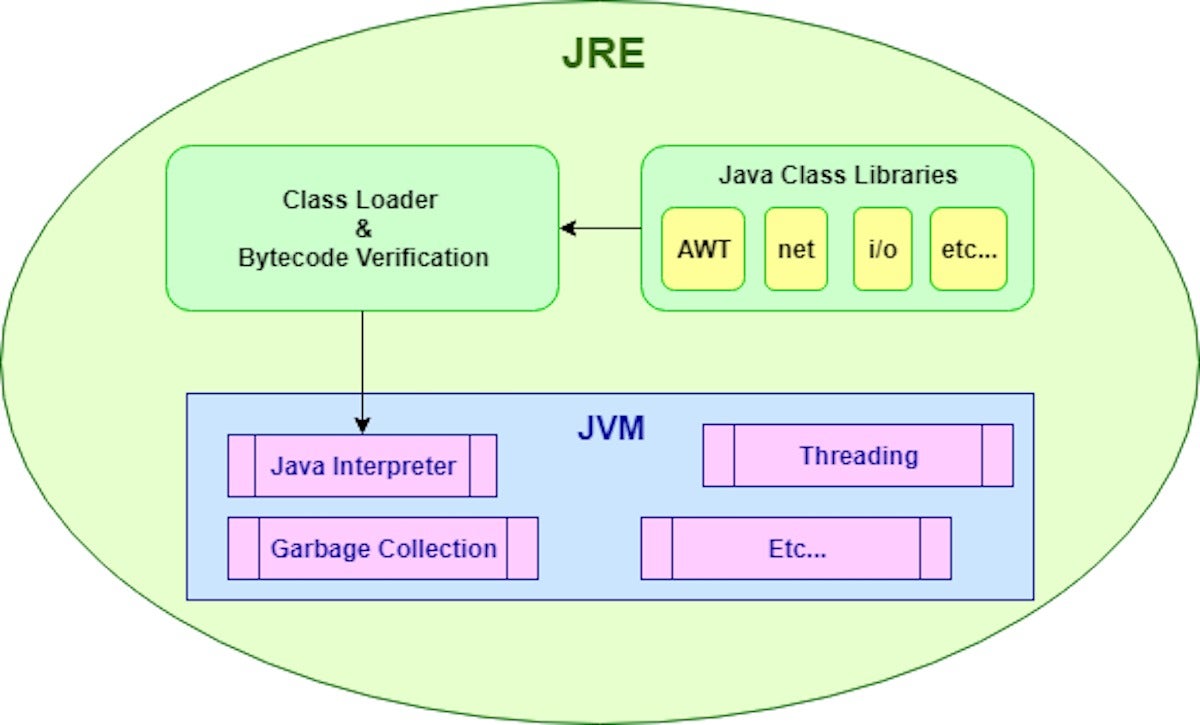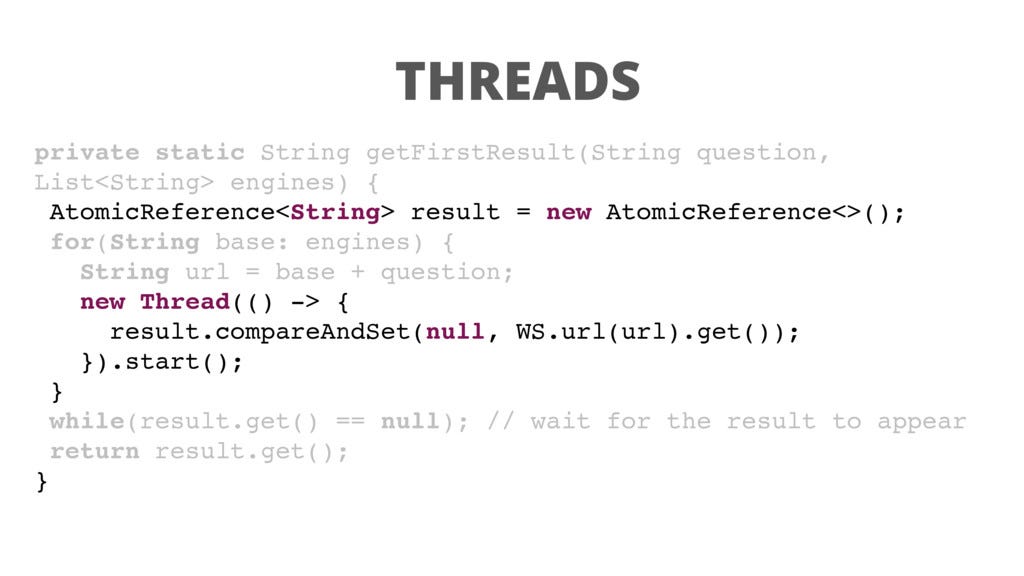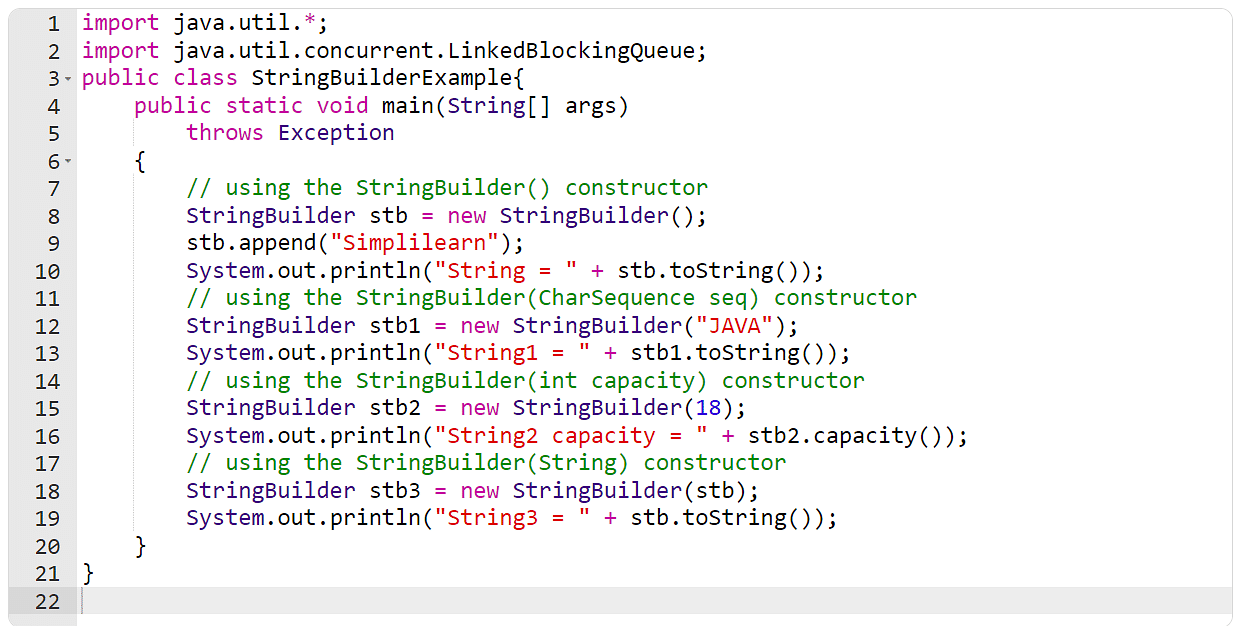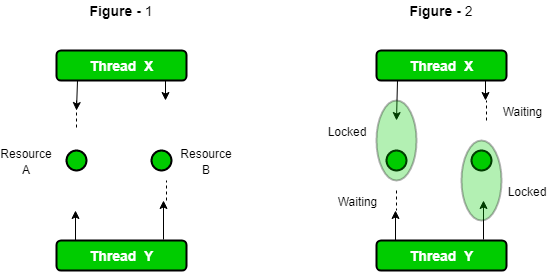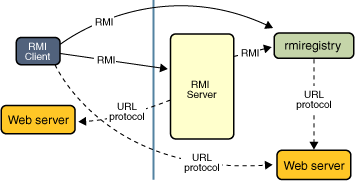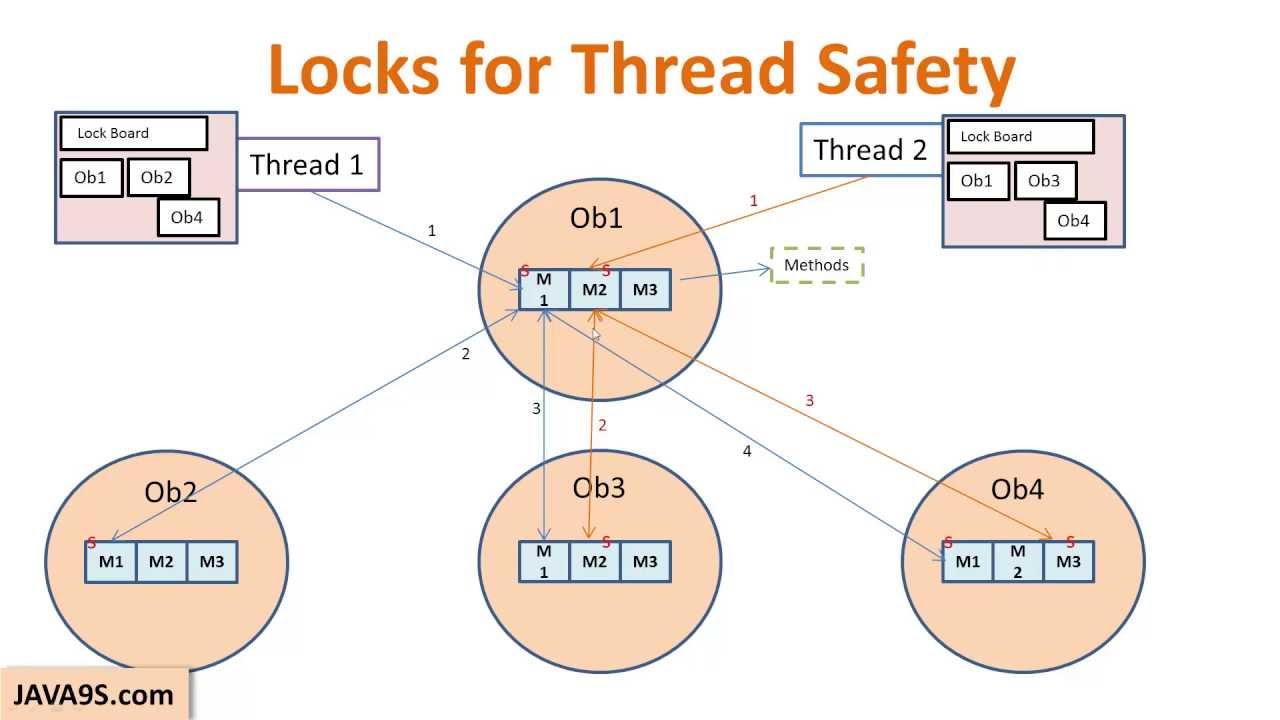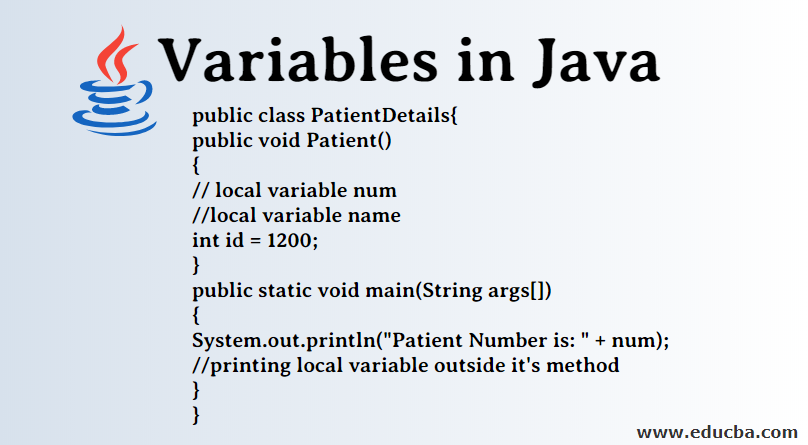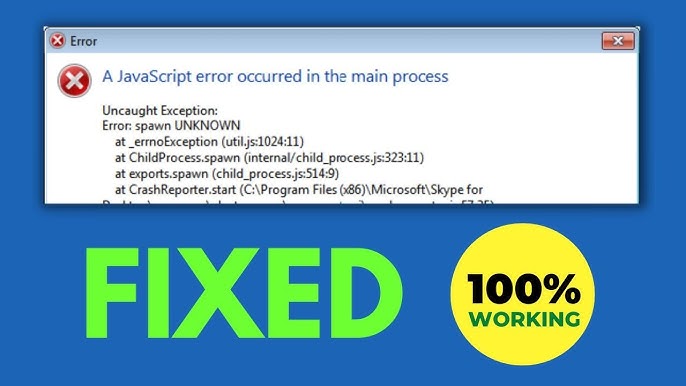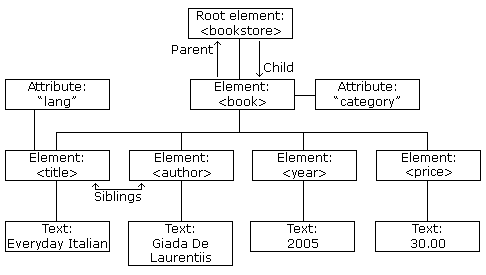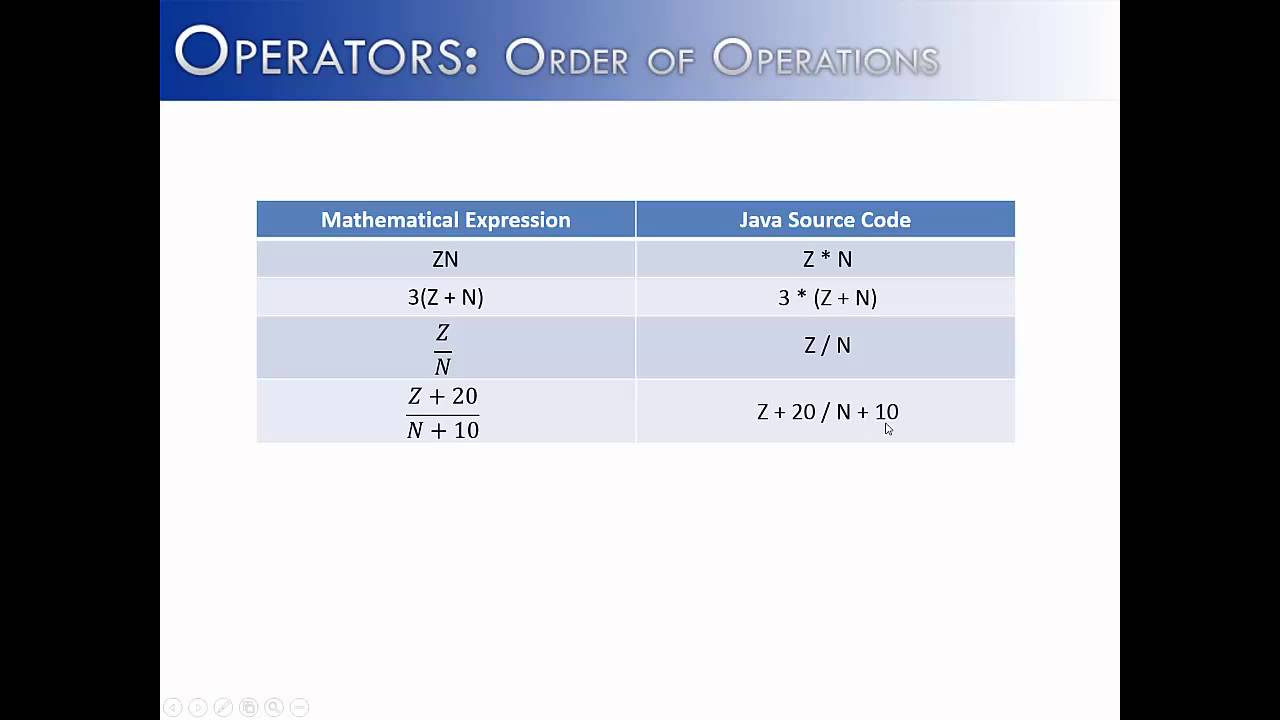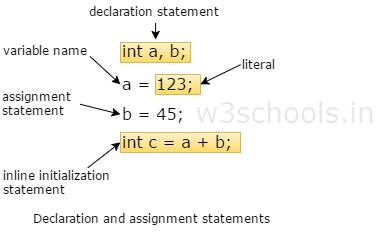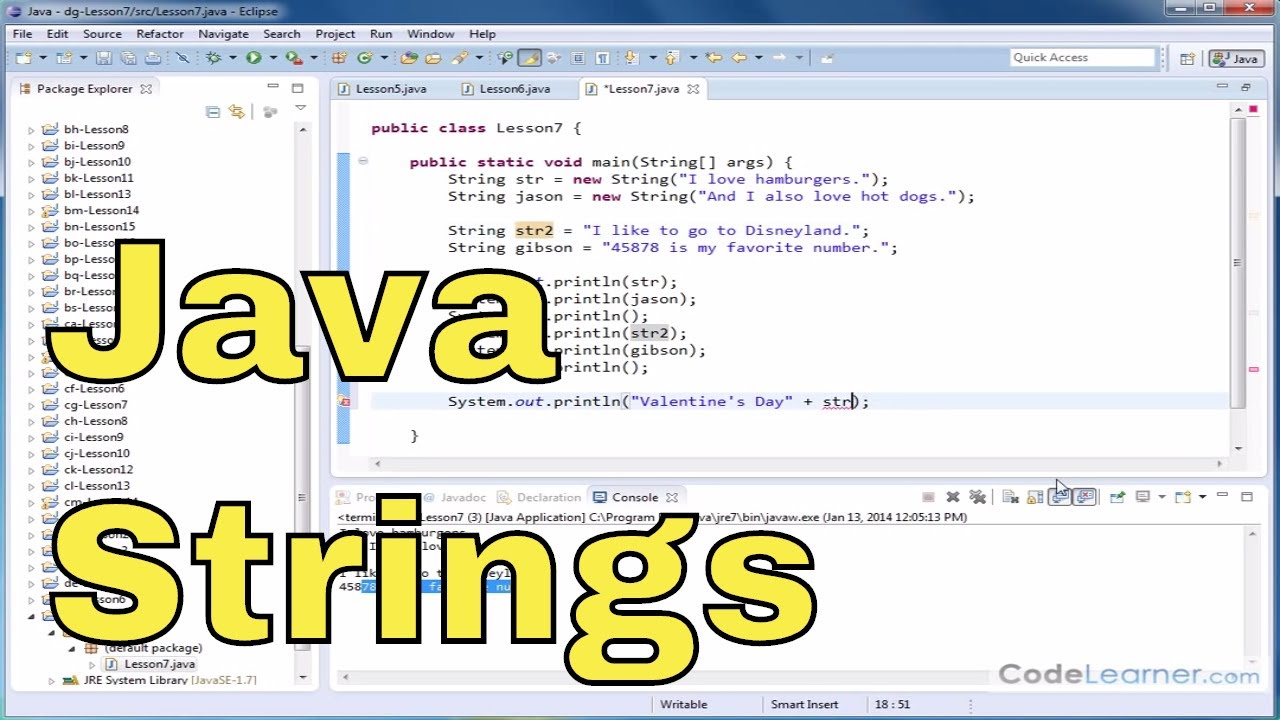scope of variables in javascript
scope of variables in javascript
The scope of variables in JavaScript is a fundamental concept to grasp when programming with this language. In JavaScript, the scope of a variable determines where it can be accessed and at what level it is accessible.
JavaScript has two primary types of scopes: local scope and global scope.
Global Scope: Variables declared outside any function or block are considered globally scoped. This means they can be accessed from anywhere in the program, including inside functions. For example:let globalVariable = 'global';console.log(globalVariable); // Output: "global"
In this case, globalVariable is a global variable and can be accessed from any part of the code.
function myFunction() {let localVariable = 'local';
console.log(localVariable); // Output: "local"
}
myFunction();
console.log(localVariable); // Error: "ReferenceError: localVariable is not defined"
In this case, localVariable is a locally scoped variable and can only be accessed within the myFunction() scope. Trying to access it outside the function will result in an error.
JavaScript also has a third type of scope: block scope. This applies to variables declared inside blocks like if statements, loops, or try-catch blocks. For example:
if (true) {let blockVariable = 'block';
console.log(blockVariable); // Output: "block"
}
console.log(blockVariable); // Error: "ReferenceError: blockVariable is not defined"
In this case, blockVariable is a block-scoped variable and can only be accessed within the if statement. Trying to access it outside the block will result in an error.
Scope Chain: When you declare variables inside nested functions or blocks, they are said to be part of a scope chain. The scope chain starts from the innermost scope and moves outward until it reaches the global scope. For example:
function outer() {function inner() {
let variable = 'inner';
console.log(variable); // Output: "inner"
}
inner();
console.log(variable); // Error: "ReferenceError: variable is not defined"
}
outer();
In this case, the scope chain is inner -> outer -> global. The variable declared inside the inner function is only accessible within that scope and cannot be accessed outside it.
Hoisting: JavaScript has a mechanism called hoisting, which allows variables to be moved up the scope chain to the topmost scope. This can sometimes lead to unexpected behavior if not understood correctly. For example:
function myFunction() {console.log(x); // Output: undefined (not an error!)
let x = 'local';
}
myFunction();
In this case, x is declared after it is logged, but JavaScript hoists the declaration to the top of the scope chain. This means that when we log x, it will be undefined.
In conclusion, understanding the scope of variables in JavaScript is crucial for writing effective and bug-free code. By grasping the concepts of global scope, local scope, block scope, and scope chain, you'll be well-equipped to tackle even the most complex programming tasks.
Scope of variables in java w3schools
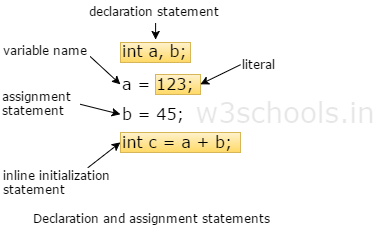
I'd be happy to explain the scope of variables in Java.
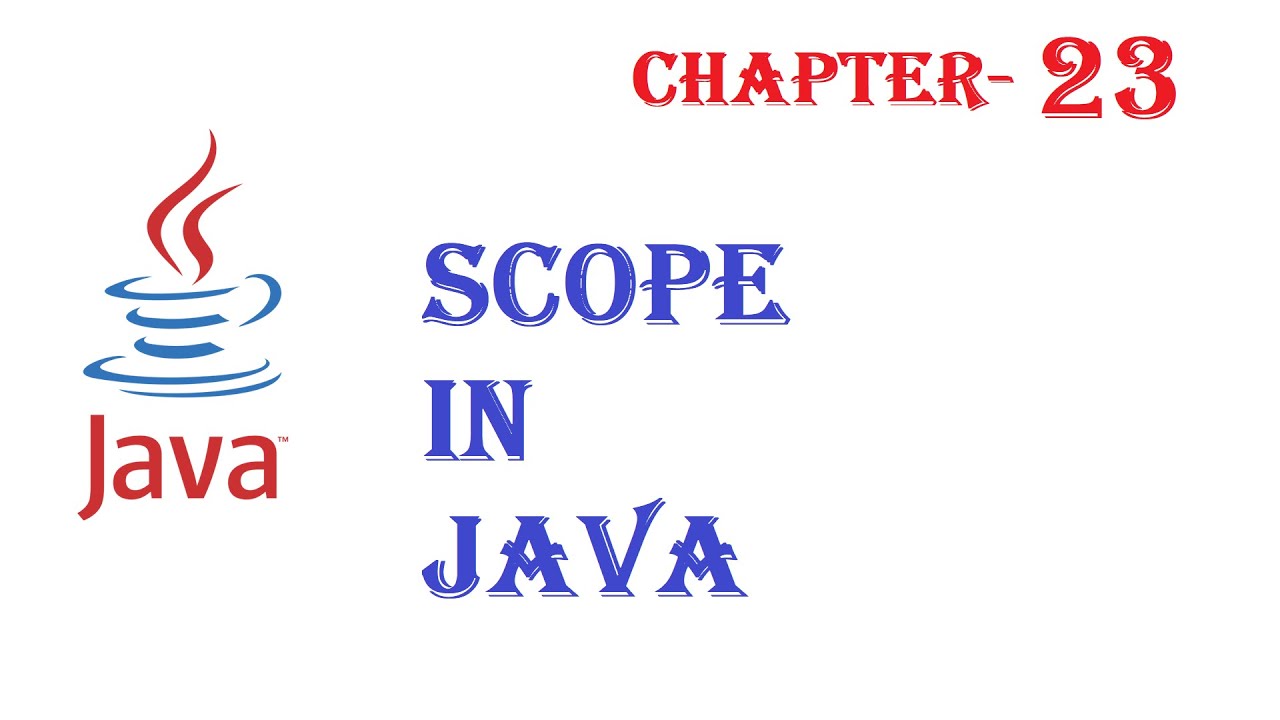
What is variable scope?
In programming, a variable's scope refers to the part of the code where it can be accessed and modified. In other words, scope defines the region or block of code where a variable is visible or valid.
Types of Variable Scope in Java:
Class Scope: A variable declared inside a class (outside any method) has class scope. It means the variable can be accessed from anywhere within that class. Method Scope: Variables declared inside a method have method scope, which means they are only accessible within that specific method. Once the method finishes executing, the variables go out of scope and become inaccessible. Block Scope: Inner classes (nested classes) or blocks like if/else statements, loops (e.g., for, while), and try/catch blocks have block scope. Variables declared within these blocks are only accessible within that specific block.Rules for Variable Scope in Java:
Local variables: Local variables declared inside a method go out of scope when the method finishes execution. Instance variables: Instance variables declared inside a class (outside any method) have instance scope, meaning they belong to the object and are accessible within that object's methods. Static variables: Static variables declared inside a class (outside any method) have class scope and can be accessed directly using the class name.Best Practices for Variable Scope in Java:
Use meaningful variable names: Clearly indicate what your variable represents, making it easier to understand its purpose. Keep local variables within methods: Use short-lived, local variables inside methods to avoid polluting the class or instance scope with unnecessary variables. Avoid using static variables whenever possible: Static variables are accessible throughout the entire class or even the program. Consider using instance or local variables instead.Example Code:
public class Example {// Class scope variable
int x = 10;
public void method1() {
// Method scope variable
int y = 20;
System.out.println(y); // prints 20
}
public void method2() {
// Block scope variable (inside a block)
if (true) {
int z = 30;
System.out.println(z); // prints 30
}
}
public static void main(String[] args) {
Example example = new Example();
System.out.println(example.x); // prints 10
example.method1();
System.out.println(x); // still prints 10 (class scope)
example.method2();
System.out.println(y); // error: variable y not accessible
}
}
Conclusion: Variable scope in Java is crucial for writing clean, readable, and maintainable code. Understanding the different types of scope (class, method, block) and following best practices can help you write more effective and efficient code.
(Translation will be provided upon request.)
